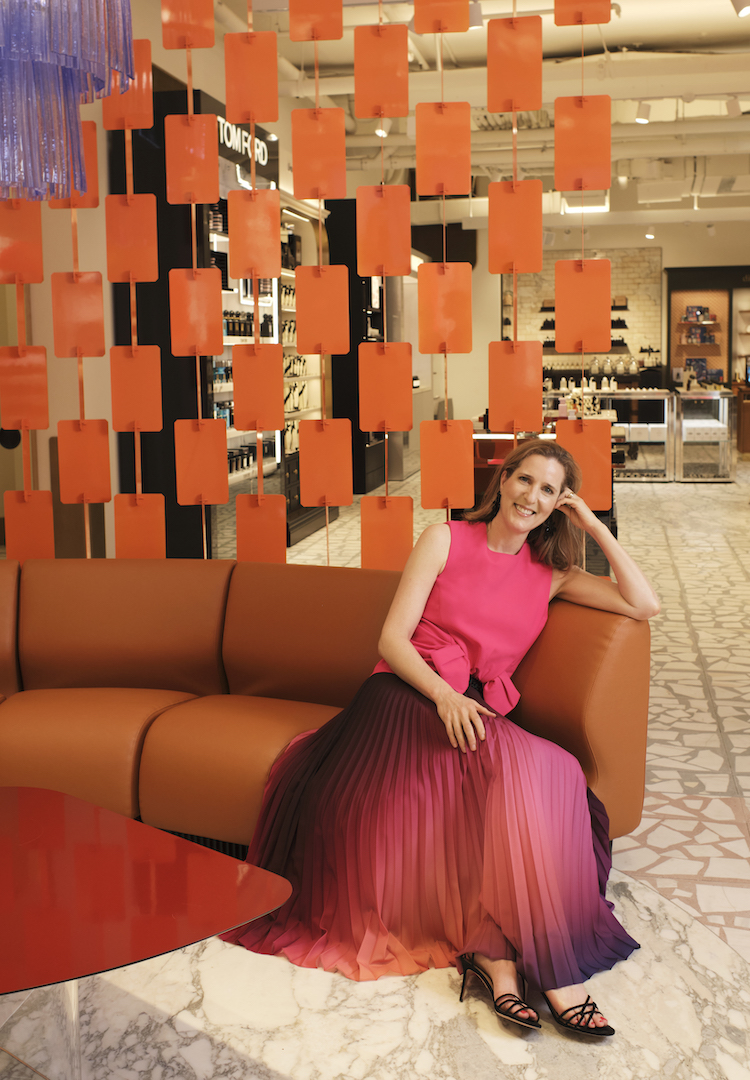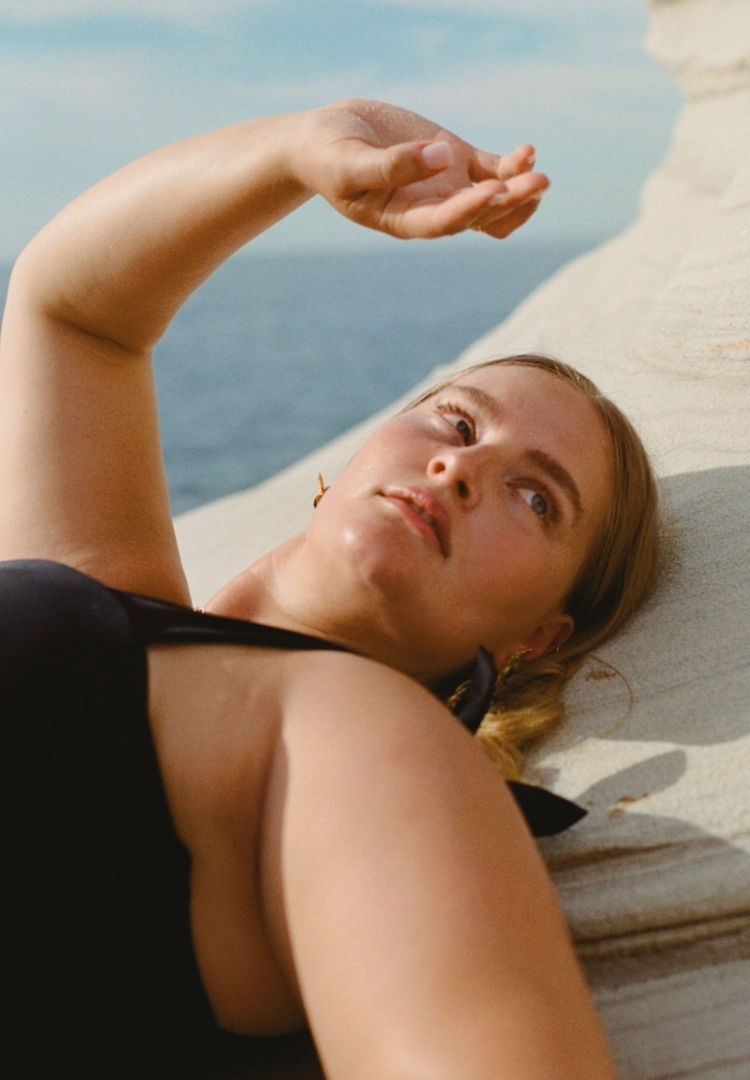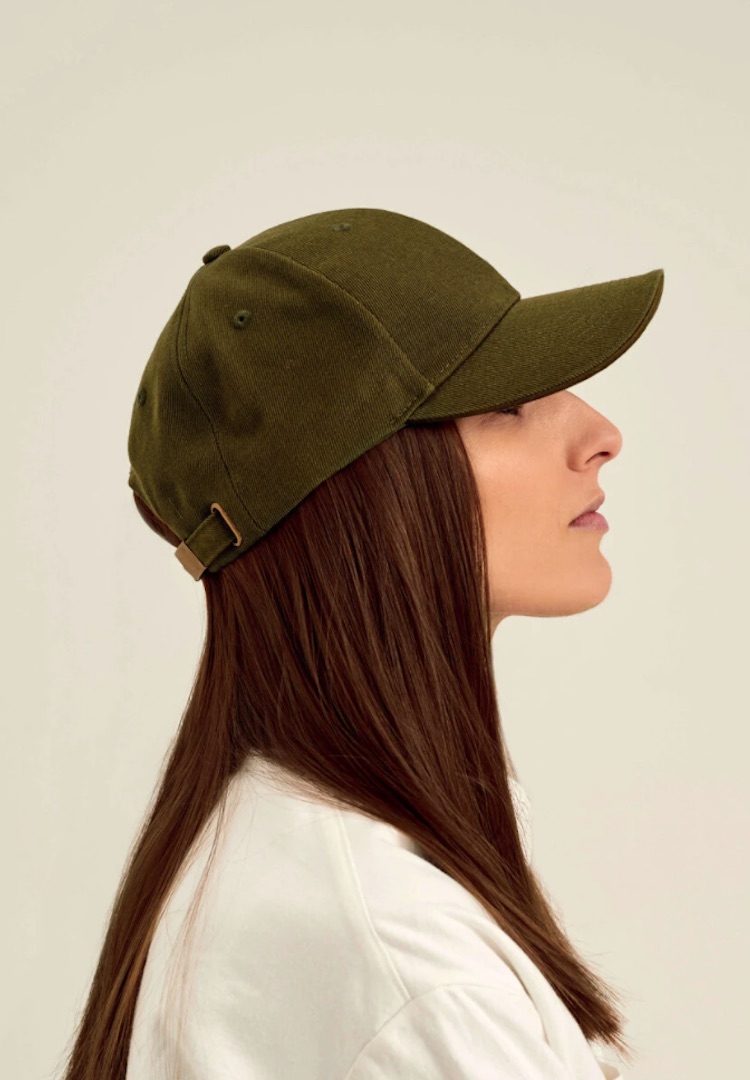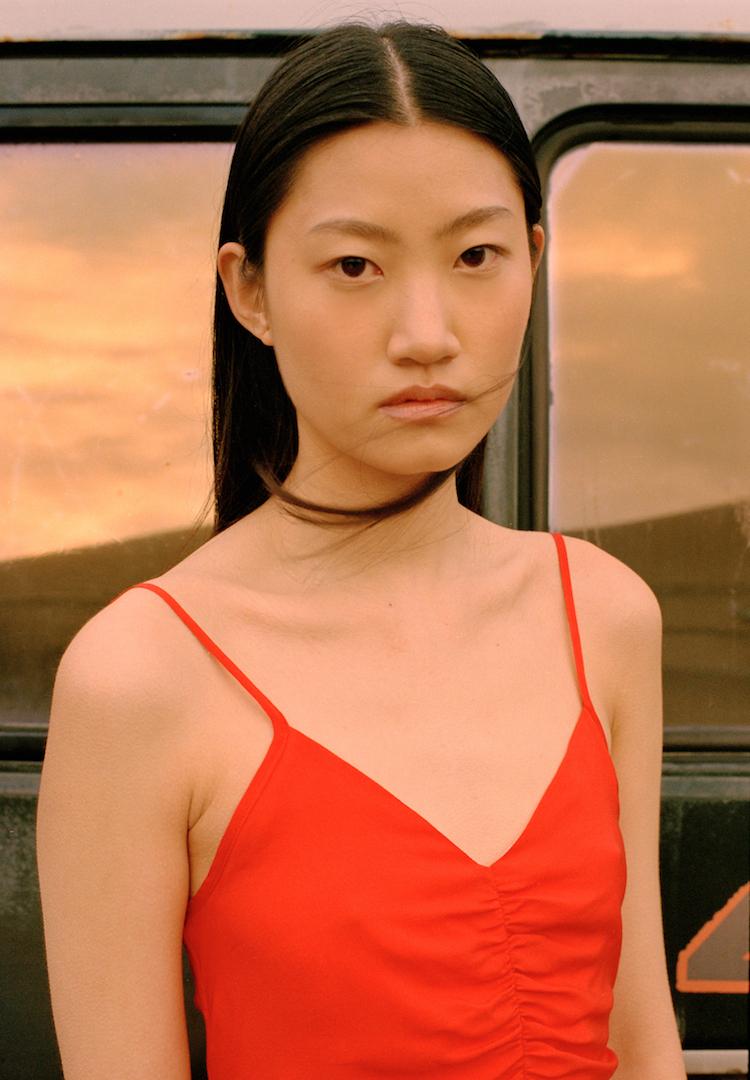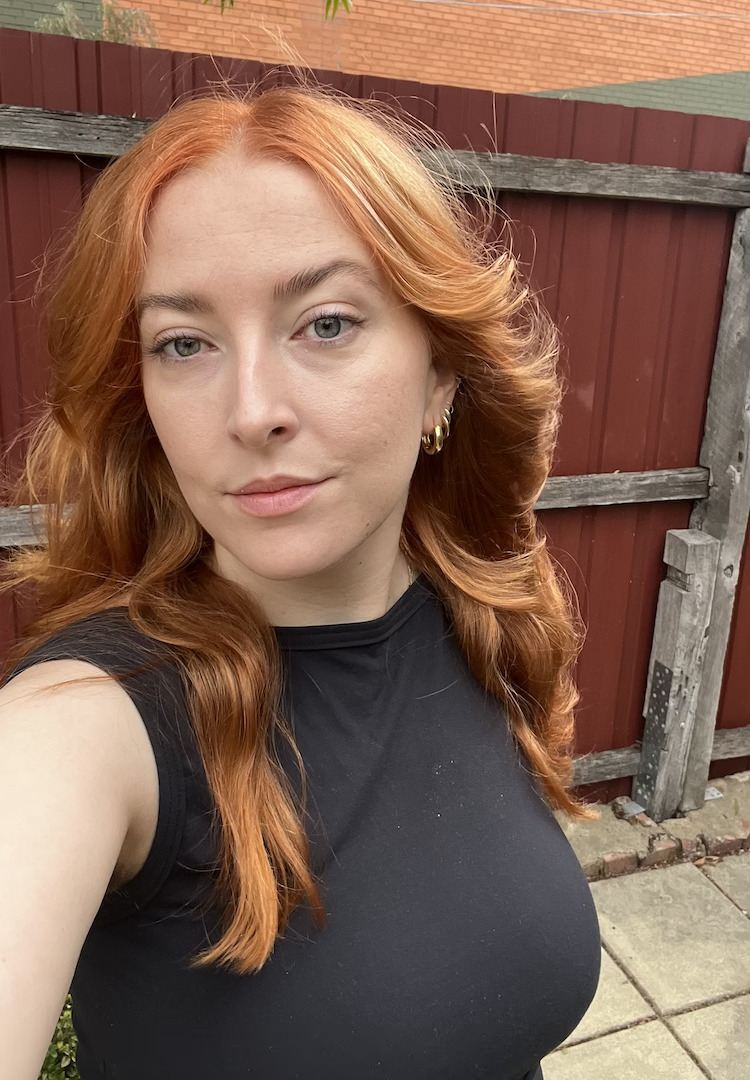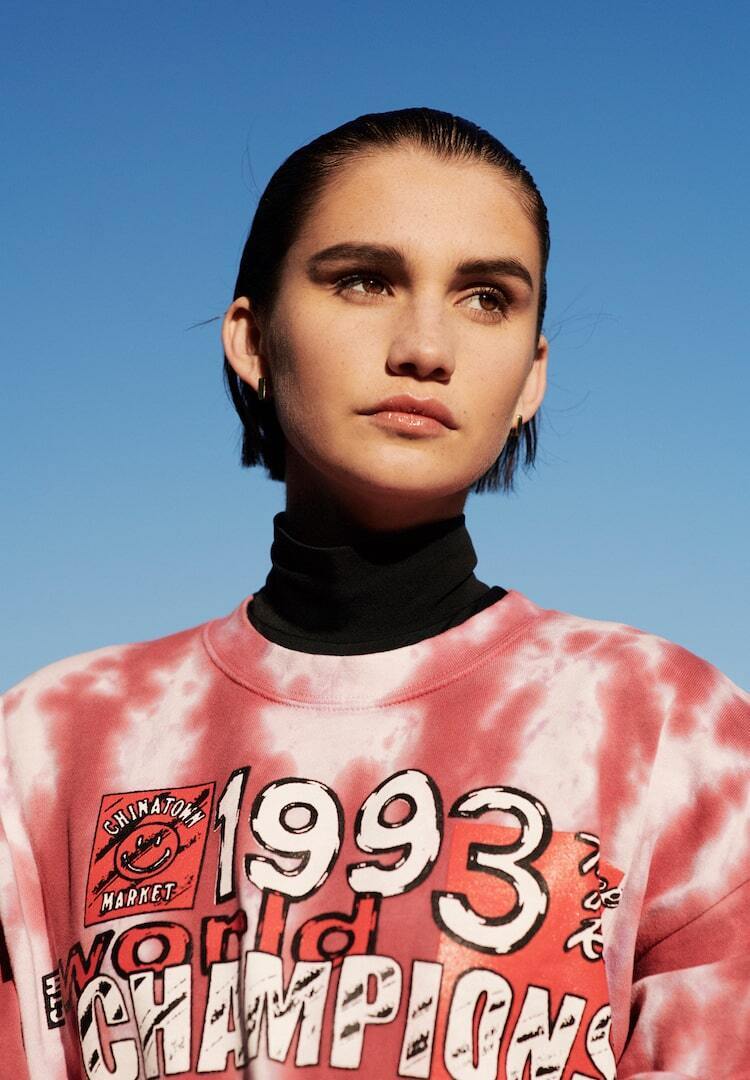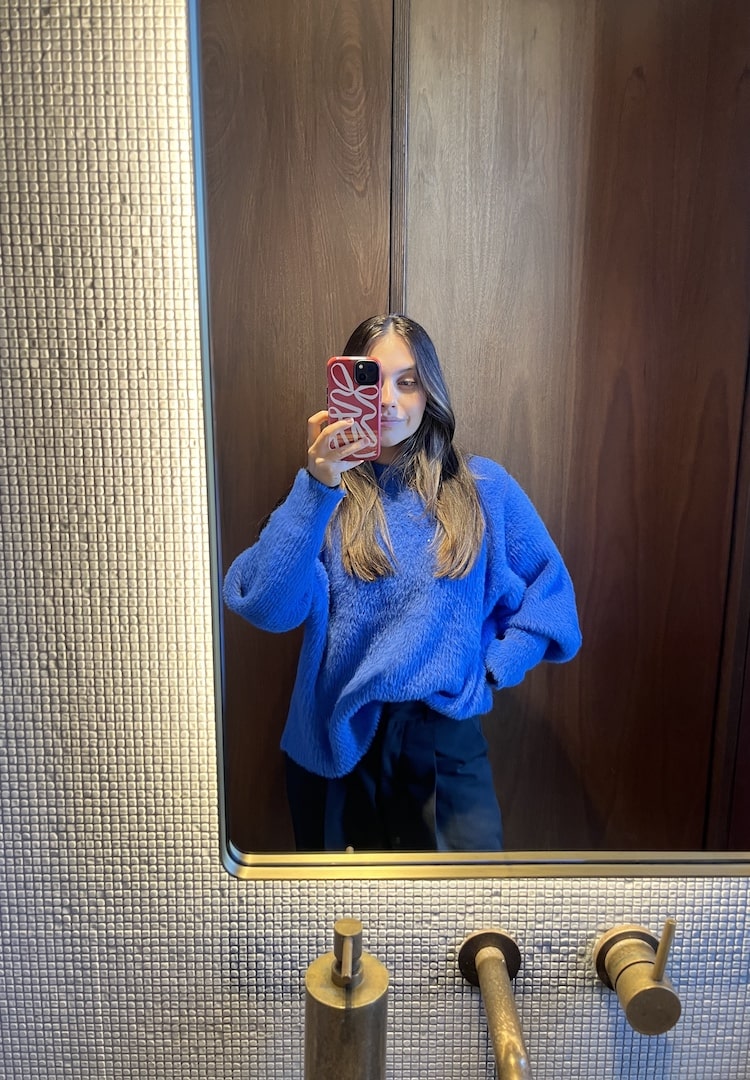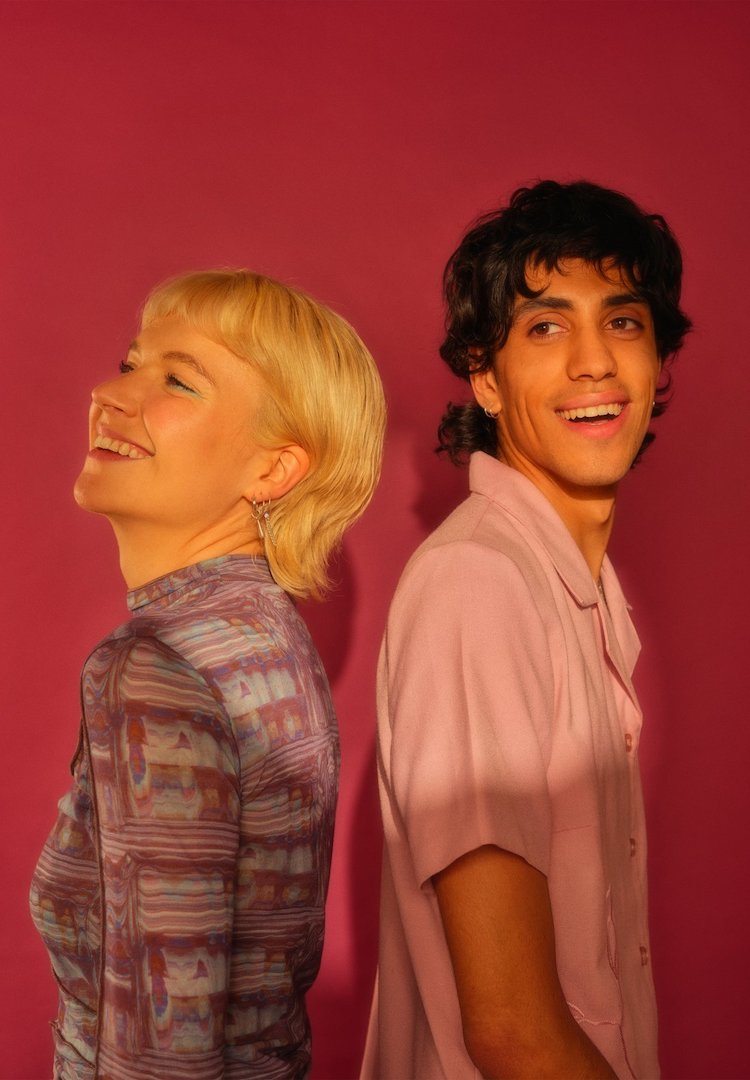Everything you need to know about sun protection for your scalp and hair
PHOTOGRAPHY BY BETH HARRIS
WORDS BY HANNAH COLE
Time to embrace Hat Girl Summer.
For a nation so overly-exposed to the sun and its harmful UV rays, it’s baffling that the conversation around SPF for our scalp and hair is almost non-existent.
Slip, Slop, Slap! (and now seek and slide too) has been lodged in our hippocampus since childhood. Sunscreen is a firmly entrenched part of the Australian vernacular; a vital necessity to tote around daily. Really, it’s about time we embarked on a whole-body SPF journey.
Why is SPF so crucial for our scalp and hair? The answer is fairly obvious. When I spoke to beauty editor and That Beauty Podcast co-host Bettina Tyrrell, she simply noted, “Your scalp is just like the skin on your face, and it can get burnt too.”
Scientist and SPF expert Hannah English points out that these areas commonly harbour skin cancers, and are more likely to spread to the brain (if left untreated). “Just due to proximity,” Hannah notes, “And we don’t want brain metastasis.”
Evidently, the scalp is an extension of our face so deserves the same treatment, but for many women, our layers of hair leave us in denial.
Rumbie Mutsiwa, the founder of Sydney-based curl salon Rumbie & Co, puts hair damage down to the powerful UVA and UVB rays which act as drying agents.
“The rays can degrade hair proteins, and this will result in more dryness, more roughness, frizz, less strength, less shine, brittleness and stiffness of hair” – a challenge when dealing with curls in particular. Regardless of hair type, summer beach sessions are leaving our hair lacklustre and screaming for help.
Appallingly, Australia is trailing behind the world in this field; the States and Europe are far exceeding us in SPF hair and scalp product availability. As both Hannah and Bettina mention, we have access to plenty of products that claim UV protection, but this is very different from SPF.
While a UV blocker combats dryness and colour-fading of our hair, they are doing little to prevent damage to our scalp.
Remember these wise words from Hannah: “If it doesn’t say it has an SPF, then it’s not a reliable sunscreen. You can absolutely use regular sunscreen on your scalp though.” Bettina recommends La Roche Posay Anthelios Invisible Fluid SPF 50+ as an excellent sunscreen for the scalp.
Aside from putting sunscreen on your scalp, which seems a bit messy, what’s a sun-loving being to do? I asked our experts for their product recommendations that will help us step up our game while we wait for the Australian SPF scalp-centric product boom.
For oily hair, Bettina recommends Aveda’s Sun Care Protective Veil, describing it as “a non-greasy mist that won’t provide scalp protection but will create a shield to help protect hair from sun exposure.”
Meanwhile, Hannah prefers the Coola Scalp & Hair Mist Organic Sunscreen SPF30, noting the general issue with sunscreens is their inherent greasiness, “so it’s not ideal for all hair.” The Clarins Sun Care Oil Mist for Body & Hair SPF30 also offers a non-greasy alternative.
With Rumbie’s expertise in curls, she recommends her R&Co range, which offers optimal hydration and assists in replenishing moisture. Rumbie also loves the Balmain Paris Sun Protection Spray. (Stay tuned for more updates from the salon as a dedicated line to help protect against the harsh Australian sun is on the cards.)
When it comes to finer, straight or slightly wavy hair, Bettina backs 3MoreInches LifeSaver UV Leave-In Treatment. “It promotes healthy hair by helping to repair broken bonds and also has UV protection for strands,” she explains.
Like many of my peers, I am a centre-parter day in, day out. I asked Hannah if my choice (to put zero effort into my hair) was putting me at greater risk. “Kind of…,” she offered politely. “The best way to protect your scalp if you don’t wear a hat is to tie it into a ponytail or a bun so that the hair gives you some protection. Or become a hat person.”
This was the resounding response from all three experts as I prodded them on protection from the sun: wear a hat. Don a hat, look for shade, then use protective products as a final step.
I’ve never been much of a hat person, to be honest. They have always looked funny or felt weird, and I loathed my parents for their forceful cap rules. But they were right all along (sometimes they do know best).
For the sake of my locks and precious noggin, it looks like I have no choice but to become one. Hot Girl Summer, meet Hat Girl Summer.

